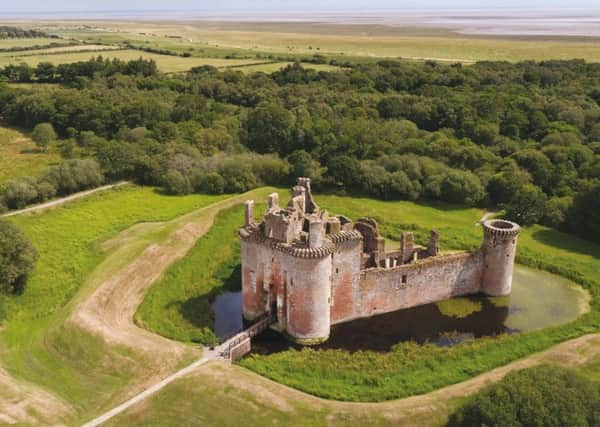Scotland must not abandon the south-west – leader comment


Stirling has the towering Wallace Monument, Edinburgh, its festivals, Dundee a brand new, cutting-edge museum, Glasgow its famous patter, while The Highlands, with its romantic glens and history, sells itself. So many people want to go “over the sea to Skye” that hotels are charging up to £380 a night.
Scotland is a beautiful place to live, work and visit – a fact that persuades tourists to come here in their millions, with the total annual number roughly equivalent to 60 per cent of our population. However, for some strange reason, the south-west is often overlooked by other Scots and visitors alike.
Advertisement
Hide AdAdvertisement
Hide AdThe news that 55 per cent of young people want to leave the area is an indication of just how much the region has been neglected, how much it does not feel like a place to make a life, get a job or start a business. One councillor in the area, Adam Wilson, described the survey as a “warning shot”, saying that if “young people leave and do not come back we will see a number of crises across our region”.
Reversing this trend will be difficult. It’s hard to change perceptions about whether an area is a “place to be”, but boosting tourism seems like a good place to start. Publicising the attractions of Dumfries and Galloway could attract more tourists – some of whom may struggle to find affordable accommodation in other parts of Scotland – and that would mean jobs for local people.
But it could also change the mindset of those looking to set up or relocate a company. Doubtless office space is cheaper there than in Scotland’s main cities. The rise of internet shopping has had a devastating effect on some urban retailers, but the flipside is that companies can be based almost anywhere they like and sell to anyone on the planet.
Dumfries and Galloway is an extraordinarily beautiful part of Scotland. The Lonely Planet guide waxes lyrical about its “gentle hills and lush valleys”, “idyllic towns”, “famous gardens” and “the dream-like ruins of Caerlaverock Castle”.
It absolutely can be a “place to be” – Scotland’s answer to the Cotswolds, perhaps – if only a way can be found to make people aware of its undoubted qualities. Many parts of this country are struggling with “over-tourism”. It seems obvious that promoting Dumfries and Galloway – as Peter Irvine, who turned Edinburgh’s Hogmanay into a global event, recently suggested – would help solve two problems to the benefit of us all.
